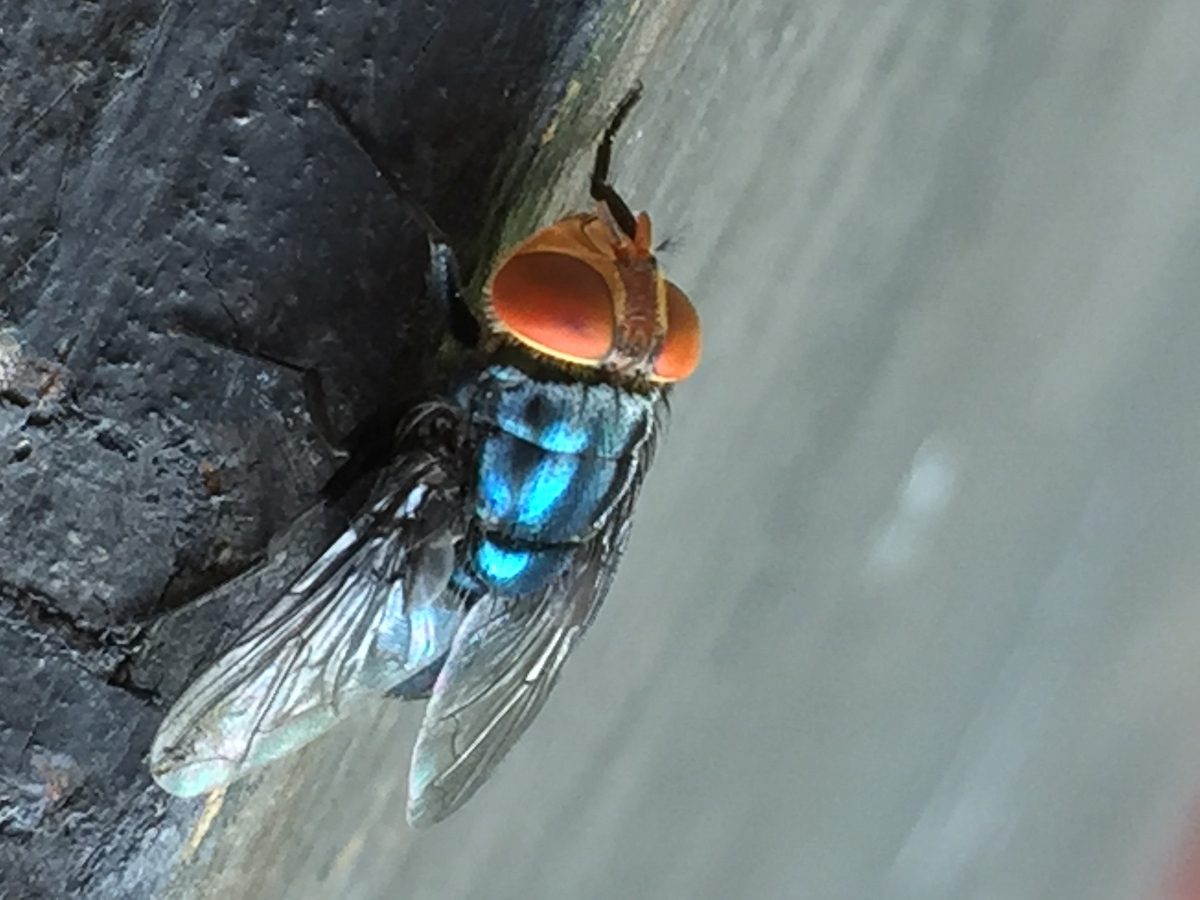Why crickets swarm in the fall
Avoid the annoyance of annual cricket swarms around homes, businesses

Cricket swarms – thousands of field crickets assembling in one location, typically around urban/suburban buildings – can be alarming. They can also be annoying. But like most annoyances, they pass with time.
Wizzie Brown, Texas A&M AgriLife Extension Service integrated pest management specialist in the Texas A&M Department of Entomology, Austin, said the annual phenomenon can be startling but that it’s nothing to fear and their presence is only temporary.
“These swarms happen every late summer and fall to some degree,” she said. “The crickets don’t sting or bite, so they’re not doing anything other than being annoying, especially if a male gets in your house and is chirping to attract females.”
Crickets, cool fronts and bright lights
When and where you see swarms of crickets seems patchy and random, Brown said. It is random to the degree that one location or area may see incredibly high cricket numbers one year and not see many at all the next.
But the timing of these mass accumulations of field crickets and the likely cause for them isn’t so random, she said.
The timing revolves around cool fronts spurring increased activity, Brown said. Like many of us, crickets don’t like heat. They hatch in early spring, reach adulthood in three months and, by the heat of summer, are looking for places to stay cool.
They forage on things like dead insects and vegetation at night and keep a relatively low profile during the heat of the day, she said. Cool fronts in the waning weeks of summer and early fall change that.
The other contributing factor to swarms – light – then contributes to the mass gathering of crickets when they become more active. Buildings with bright, dusk-to-dawn lighting attract them.
“You’ll notice that they tend to congregate around the front doors of businesses, at gas stations, car dealerships and other businesses and locations that have highly luminous lighting that is on all night,” she said. “If you’ve noticed crickets around your house, it’s probably in relation to lighting.”
Crickets seasonal swarming
Brown said there can be multiple generations of crickets in a year, especially in warmer parts of the state. Warm winters can also dictate the number of cricket generations per year.
Like most insects, field crickets’ numbers rise, peak and fall seasonally, she said. The window for crickets to gather in mass typically lasts four to six weeks before their numbers begin to decline.
During that time, Brown said turning off unnecessary lights can reduce the chance crickets will swarm around your home or business. There are also specialty bulbs that are less attractive to insects.
“Attracting crickets can lead to them getting inside structures and homes, especially with poor sealing around doors and windows,” she said. “A bunch of dead crickets can be a stinky mess, so it’s smart to leave the lights off as much as possible as that summer-to-fall transition happens.”





